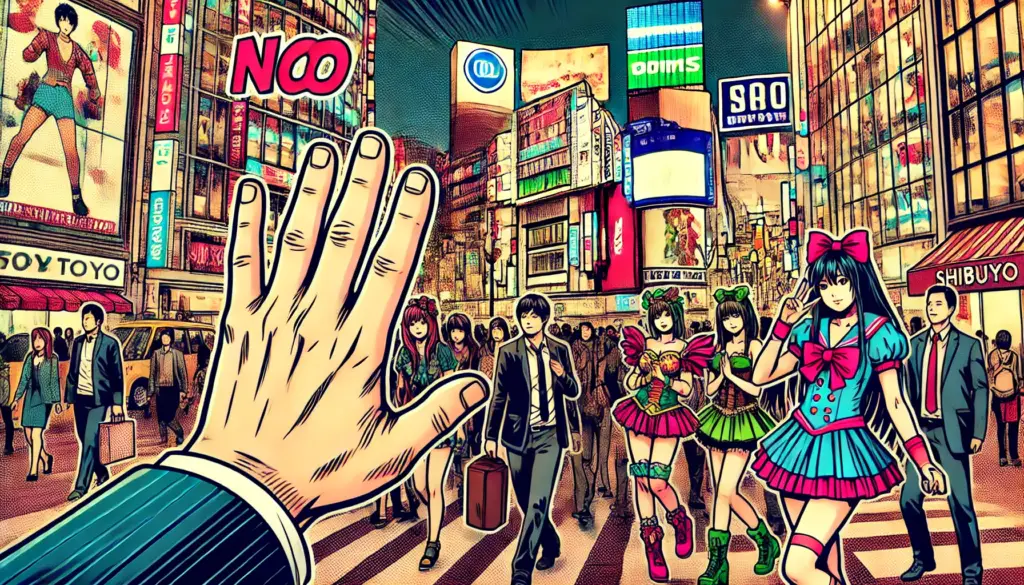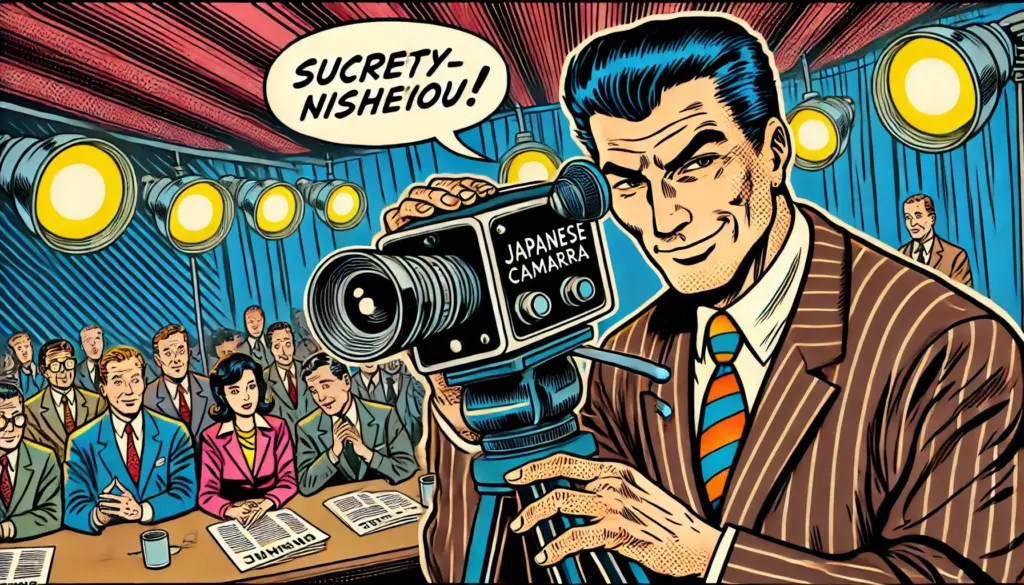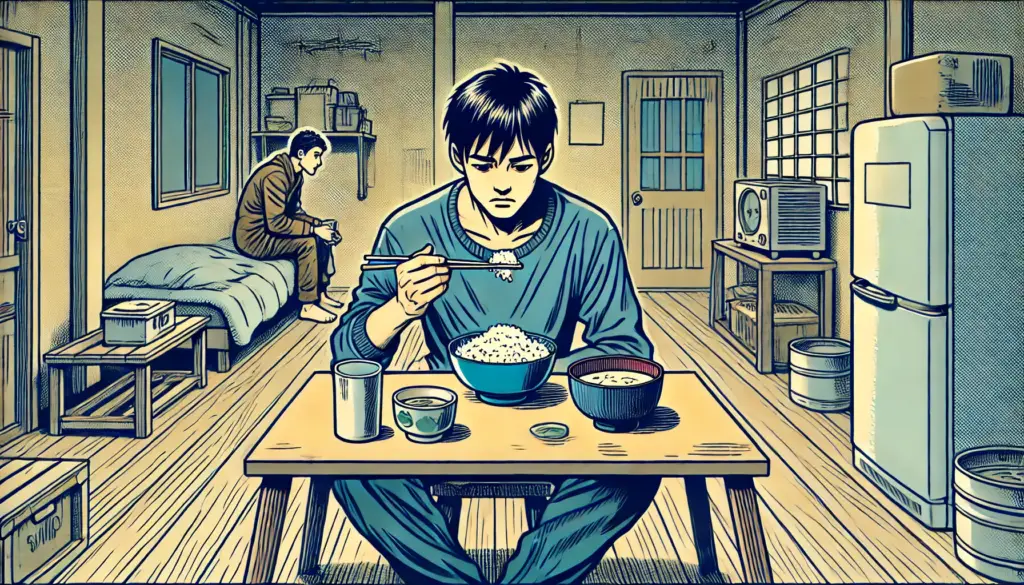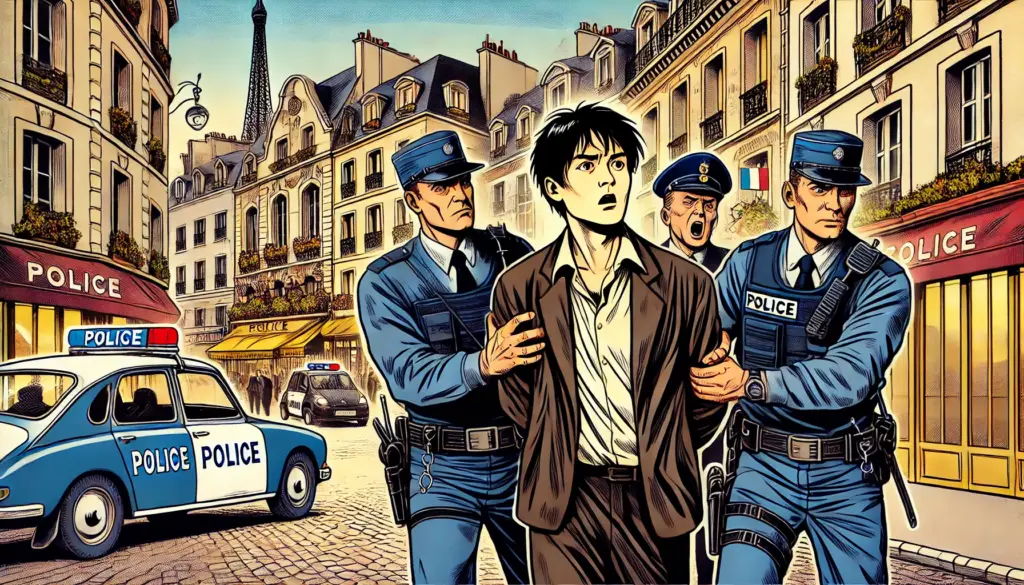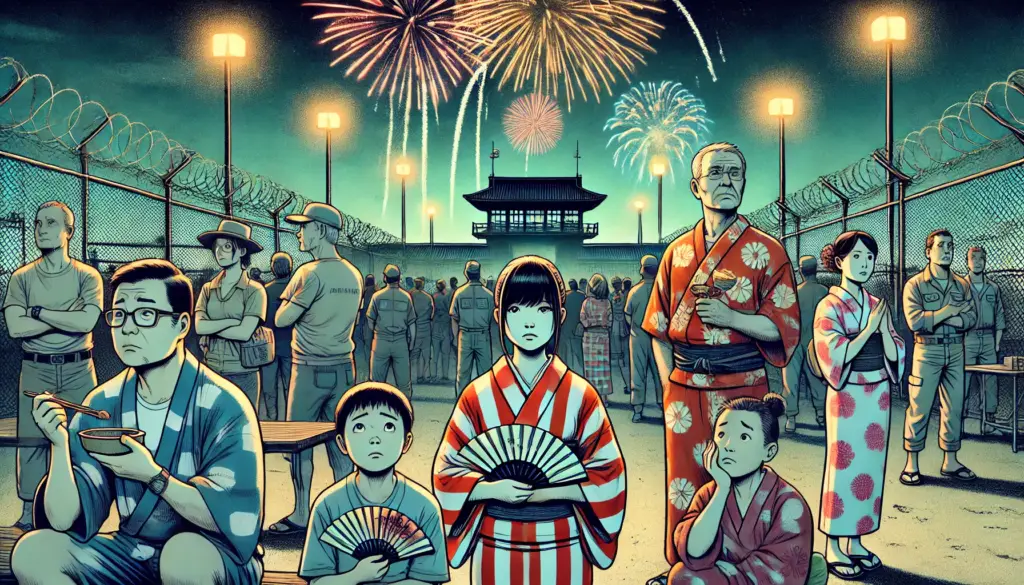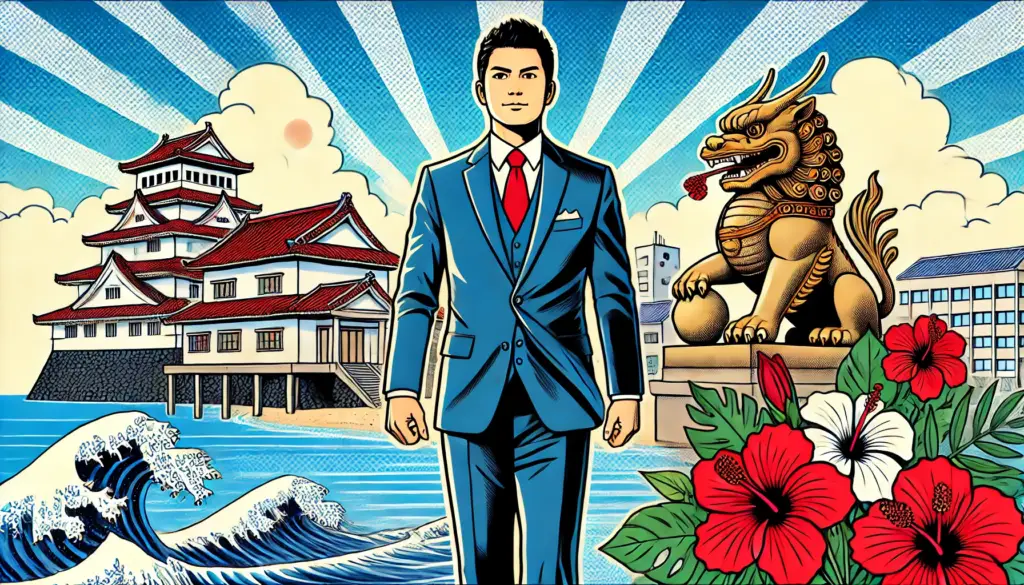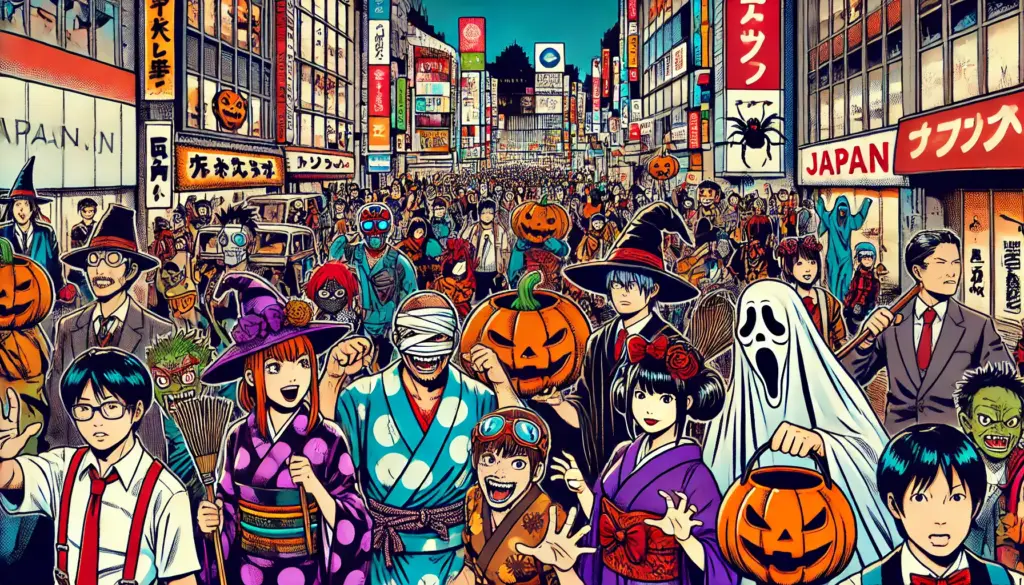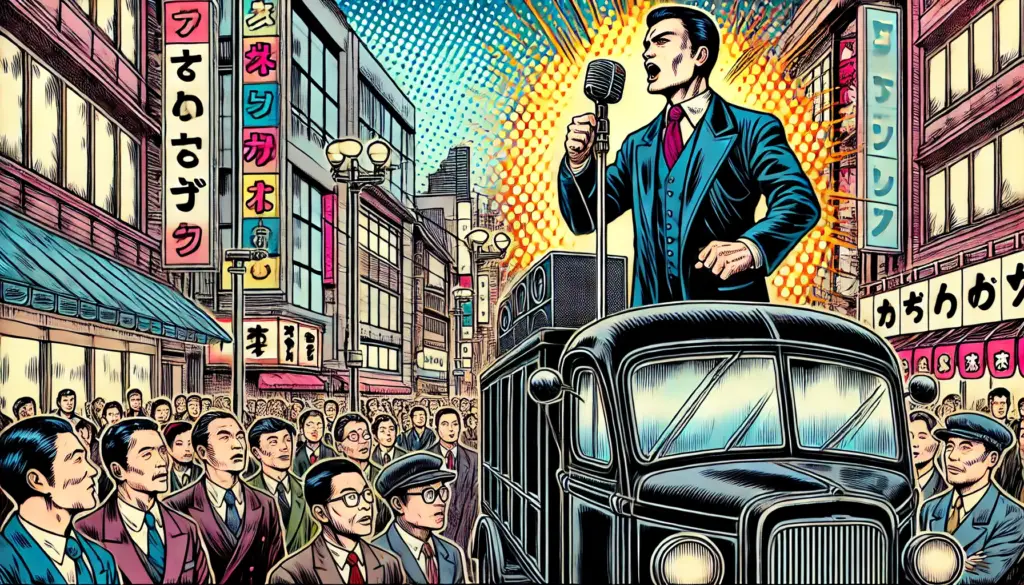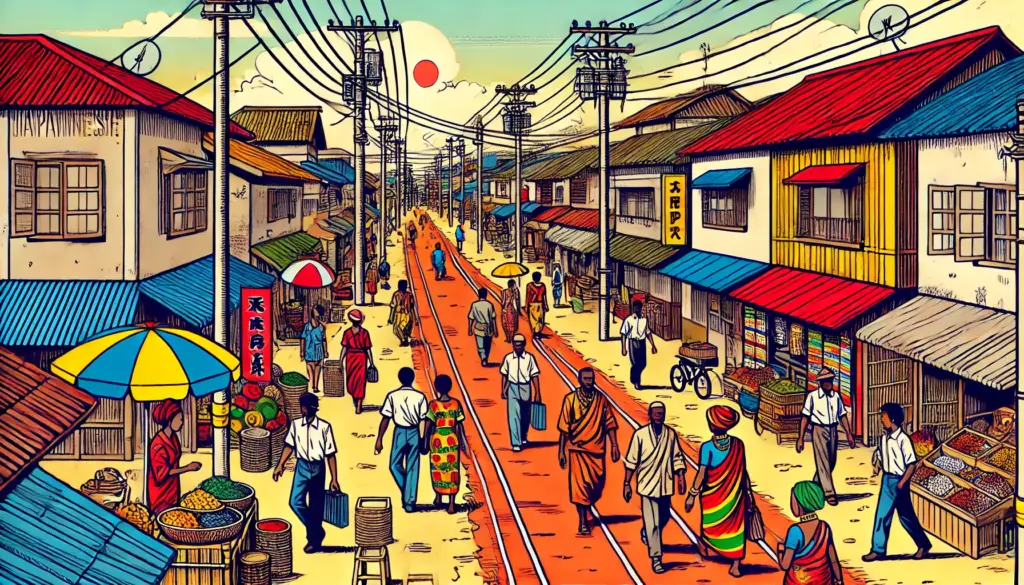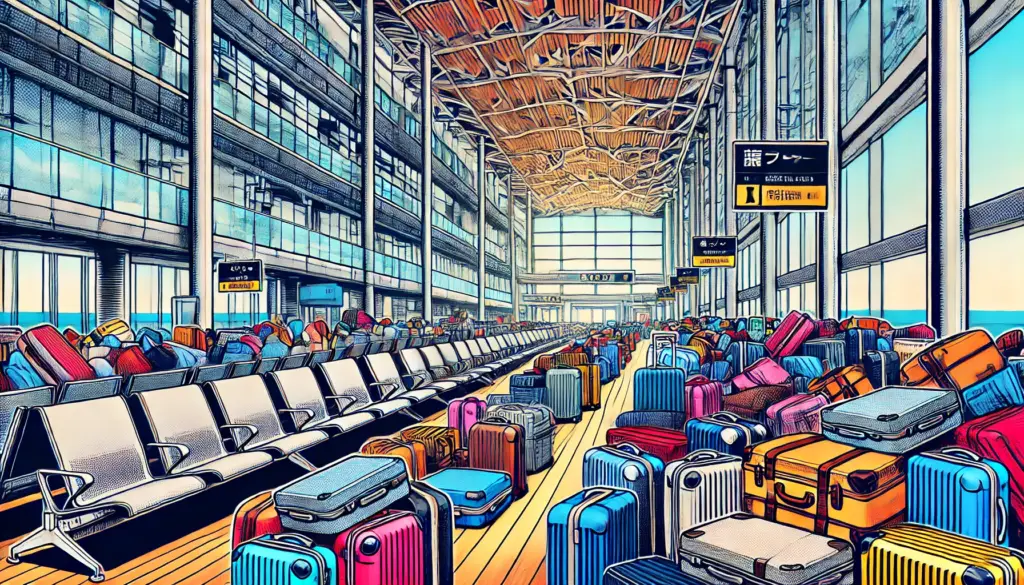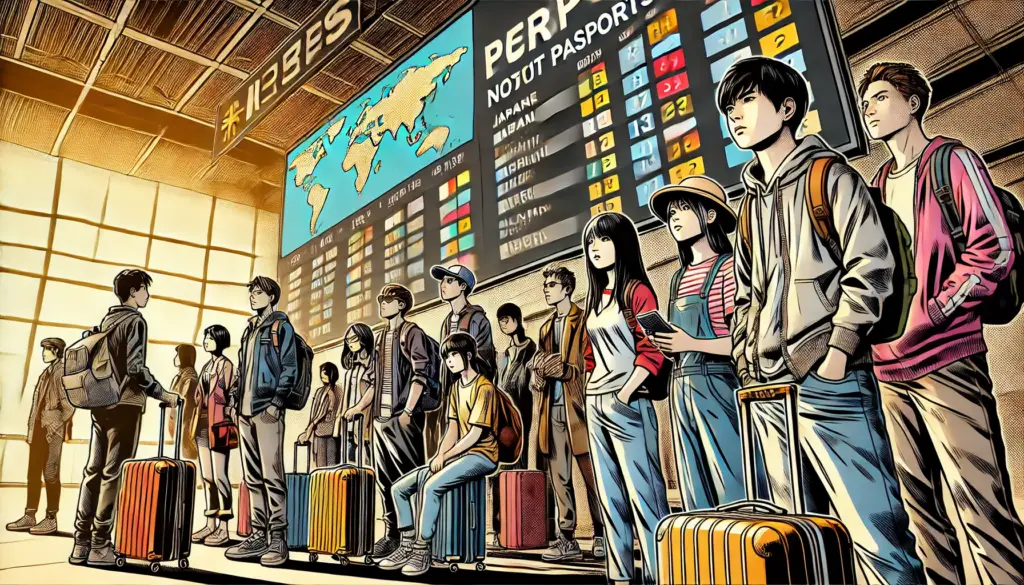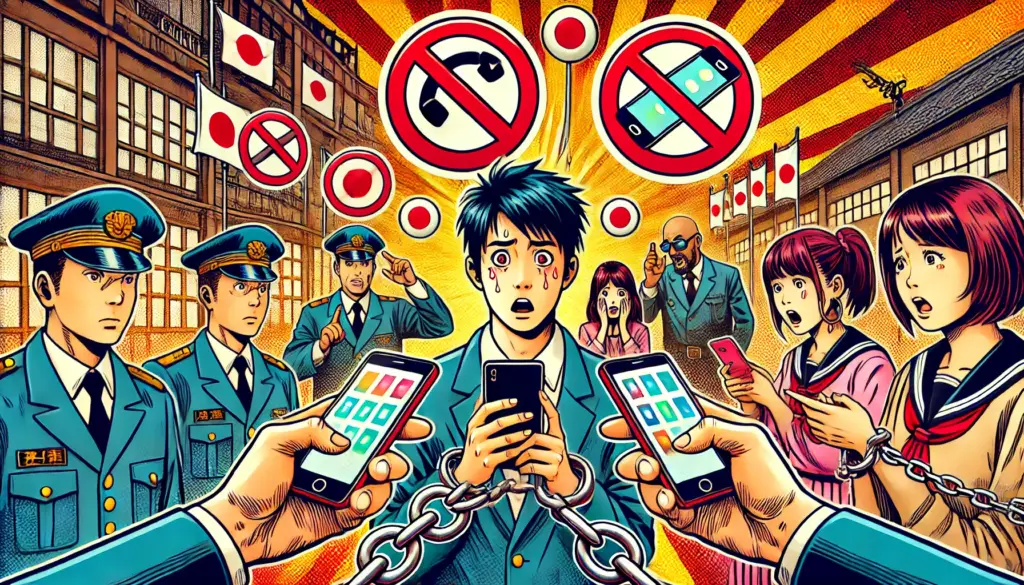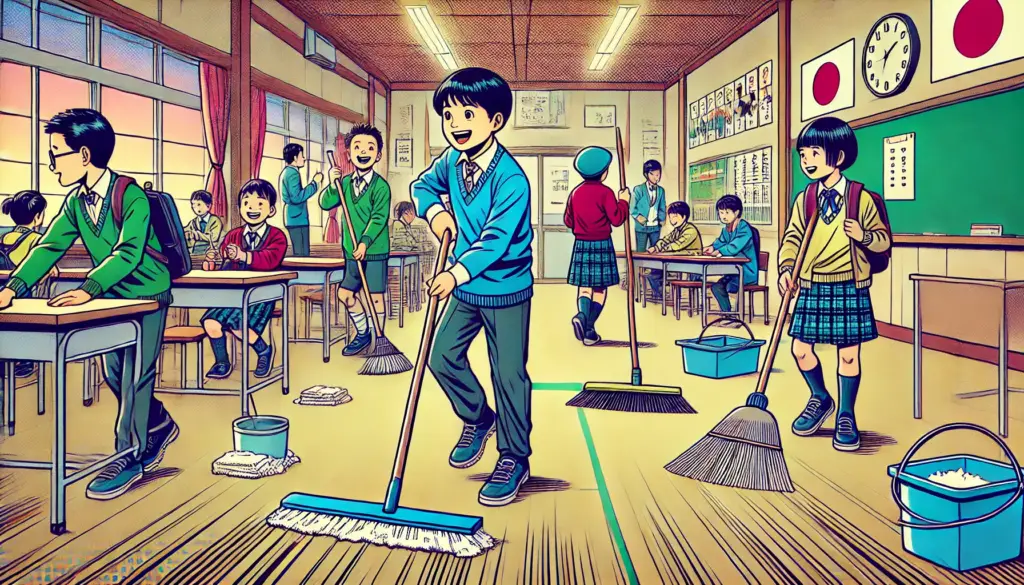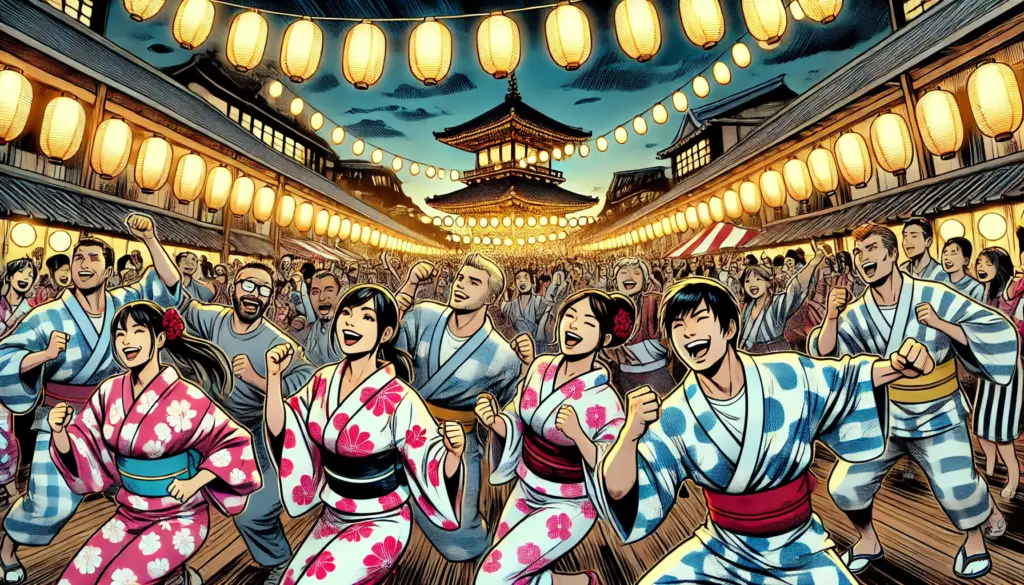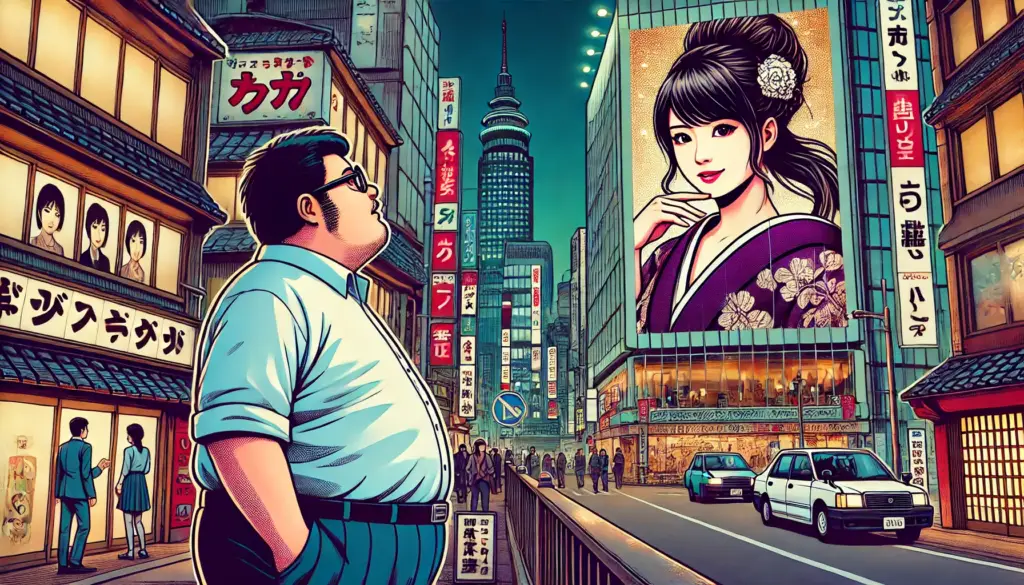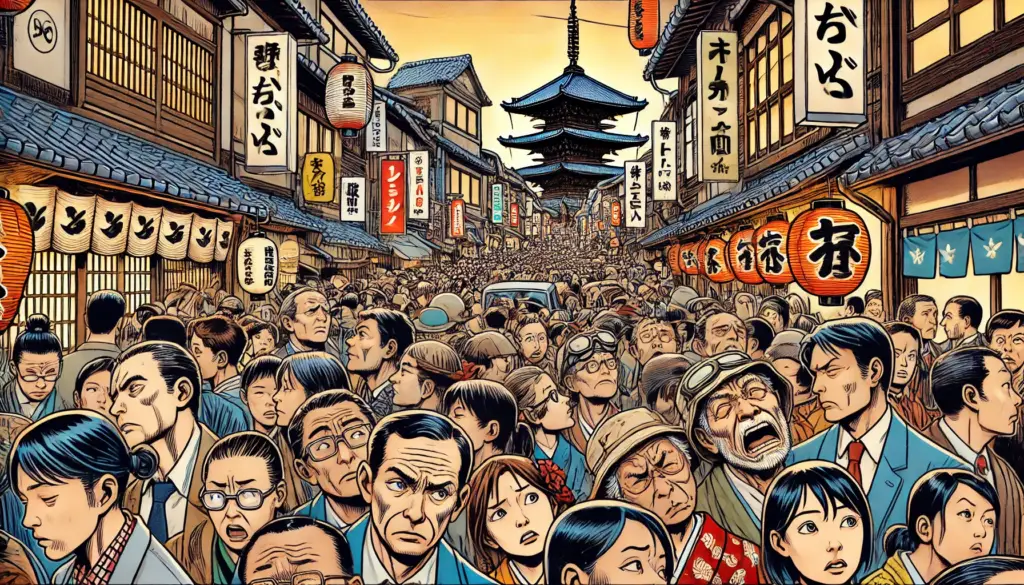
Kyoto has long stood as Japan’s cultural heart — a place where the spirit of tradition breathes through temples, shrines, and tea houses. Yet, in recent years, something surprising has happened: more and more Japanese people are choosing not to visit Kyoto. This growing phenomenon, often called the “Kyoto drift,” is reshaping the landscape of domestic tourism.
At first glance, it seems strange. Kyoto, with its breathtaking temples and world-famous cuisine, should be an irresistible destination. But beneath the beauty lies frustration — overcrowding, high prices, and a sense that the city no longer belongs to its own people.
A Quiet Exodus from Japan’s Cultural Capital 🏯
Declining domestic visitors
Over the past few seasons, data and local surveys have revealed a sharp drop in Japanese tourists visiting Kyoto. Even during major holidays, Japanese attendance at famous temples and sightseeing spots has fallen significantly. In contrast, foreign tourists continue to surge, often filling hotels, buses, and restaurants to capacity.
For many Japanese, the traditional Kyoto experience — strolling through calm streets, sipping matcha in quiet teahouses, and reflecting on centuries of history — has become nearly impossible. Instead, visitors often face long queues, crowded buses, and hotels priced far beyond reasonable budgets.
The feeling of being a “stranger” in one’s own country
One of the most striking emotional changes among Japanese travelers is a growing alienation. Locals describe Kyoto as being “taken over” by foreign visitors. Restaurants now offer English menus first. Shop clerks often greet customers in English. To some domestic travelers, this shift makes Kyoto feel less like a familiar hometown and more like an international showcase.
This change isn’t necessarily negative — it shows Kyoto’s global appeal — but for Japanese visitors, it subtly breaks the nostalgic connection that once made Kyoto special.
Why Are Japanese People Leaving Kyoto Behind? 🎌
1. Rising costs and over-tourism
Accommodation prices have soared, in some cases doubling compared to pre-pandemic levels. Public transportation is packed, and streets around landmarks like Kiyomizu-dera or Gion are often so full that even walking feels exhausting. For travelers seeking peace, Kyoto’s beauty is now overshadowed by fatigue.
2. A shift in travel preferences
Since the pandemic, domestic tourists have begun valuing comfort and space over famous names. Rural towns, hot-spring regions, and smaller cultural cities are benefiting from this change. Many Japanese people now prefer exploring “hidden gems” — places where they can relax without the stress of crowds.
3. Emotional fatigue and cultural dissonance
For decades, Kyoto was marketed as the “soul of Japan.” But as tourism intensified, some residents and frequent visitors started feeling that the city’s traditional charm had been commercialized. Souvenir streets replaced local markets, and quiet alleys turned into photo spots for influencers. The deeper, slower beauty of Kyoto has been drowned in noise and spectacle.
4. Globalization’s unintended side effects
Kyoto’s global fame, while economically beneficial, has created a paradox. The city has become too successful at attracting foreigners, unintentionally discouraging domestic visitors. Locals sometimes describe the situation as “a cultural inversion,” where the city now caters more to outsiders than to the people who built its traditions.
The Impact on Kyoto’s Future 🌸
Economic dependence on inbound tourism
Kyoto’s economy increasingly depends on foreign spending — hotel bookings, guided tours, luxury dining, and shopping. While profitable, this reliance makes the city vulnerable to global shocks. If international travel slows down due to economic downturns or political tensions, Kyoto could face a severe financial gap.
Decline of local businesses
Traditional tea shops, kimono rental stores for locals, and small ryokans once thrived on repeat Japanese visitors. As those customers disappear, many such businesses struggle to survive. What replaces them are high-end hotels and souvenir stores targeting short-term visitors — profitable, yes, but fragile and impersonal.
Cultural erosion
Beyond economics, there’s a deeper issue — the loss of Kyoto’s cultural intimacy. When domestic visitors vanish, the city loses its dialogue with the rest of Japan. Kyoto was once a living classroom where Japanese people reconnected with their roots. If it becomes a museum for foreigners, it risks losing its role as the “keeper of national identity.”
Can Kyoto Win Back Japanese Travelers? ✨
Despite the challenges, Kyoto still holds immense potential. The city can rediscover its balance — between global popularity and local belonging — through smart and sensitive strategies.
1. Encourage “slow tourism”
Instead of promoting quick sightseeing, Kyoto can design experiences that emphasize longer stays and cultural participation — tea ceremonies, crafts, or nature walks that highlight calmness and connection.
2. Offer domestic incentives
Creating off-season discounts or “local appreciation campaigns” could draw Japanese tourists back. If Kyoto becomes too expensive for its own citizens, emotional loyalty will fade faster than any marketing can repair.
3. Protect local life
Policies that limit short-term rentals, regulate tourist buses, and protect residential districts can restore harmony between residents and visitors. The goal is not to stop tourism but to let Kyoto breathe again.
4. Promote lesser-known areas
Kyoto Prefecture beyond the city center — such as Uji, Maizuru, and Miyama — still offers the tranquility many travelers crave. Encouraging exploration beyond the Golden Route can revive domestic curiosity while easing central congestion.
A Cultural Turning Point 🕊️
The “Kyoto drift” is not merely a tourism problem; it’s a mirror reflecting Japan’s broader cultural transformation. As lifestyles evolve and values shift, the meaning of travel is changing. For many Japanese, it’s no longer about ticking off famous landmarks — it’s about authenticity, comfort, and self-discovery.
Kyoto, in many ways, symbolizes the tension between preservation and modernization. The city’s challenge is to rediscover its quiet dignity in an age of noise — to once again become a place where Japanese people feel at home, not out of place.
In the end, Kyoto’s beauty has never depended solely on its temples or gardens. It lies in the subtle harmony between past and present, people and place. If Kyoto can restore that balance — welcoming the world while embracing its own citizens — then this moment of “drift” may become the start of renewal.

